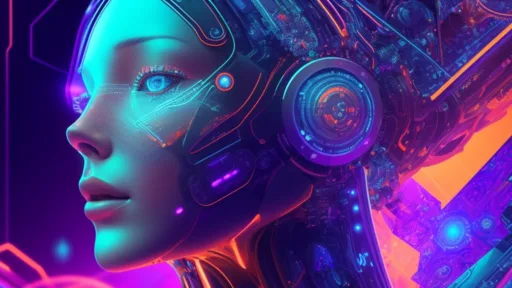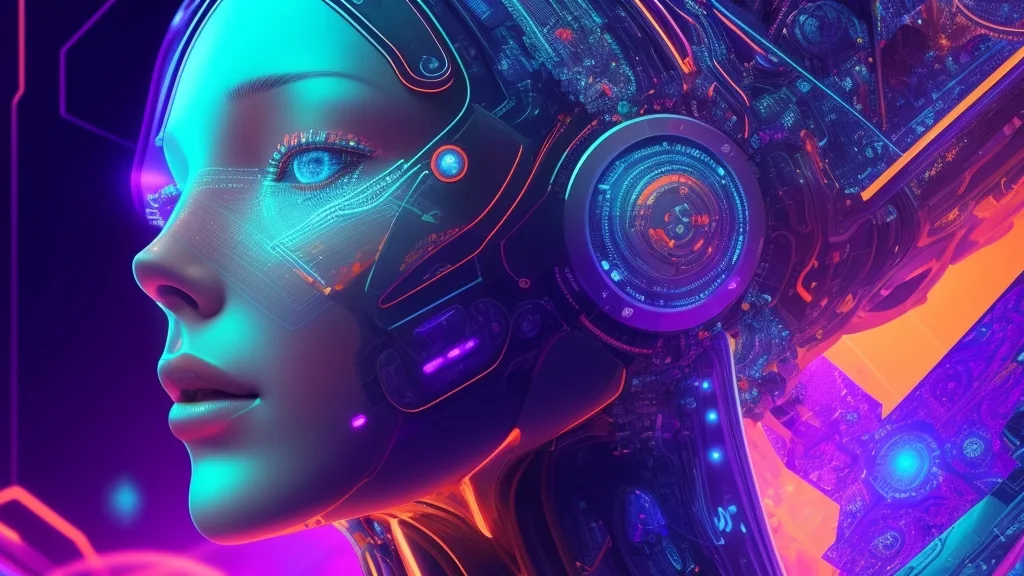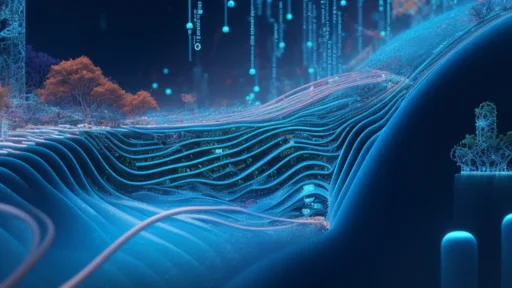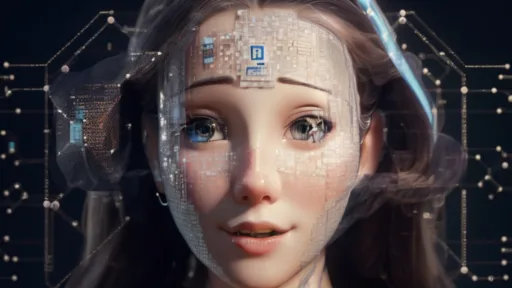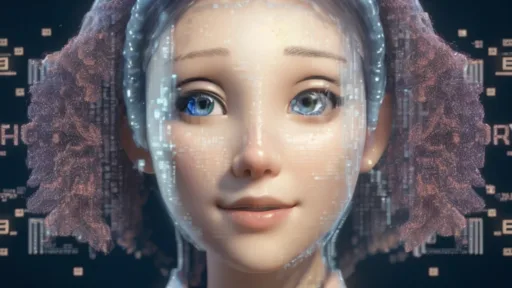Deep learning is a subset of machine learning, which itself is a branch of artificial intelligence. Neural networks, which imitate the human brain, are the foundation of deep learning. In deep learning, nothing is explicitly programmed. rather, it uses numerous nonlinear processing units for point birth and transformation. Each layer’s output is used as input by the subsequent layer.
Deep learning models can focus on the accurate features themselves with minimal guidance from the programmer, making them effective in solving problems of dimensionality. These algorithms are particularly useful when dealing with a large number of inputs and outputs.
Deep learning is implemented using Neural Networks, which are inspired by natural neurons, or brain cells. It’s a collection of statistical ways of machine learning for learning feature hierarchies based on artificial neural networks. Deep networks, or neural networks with multiple hidden layers, are used to apply deep learning.
illustration of Deep Learning
In image processing, raw data is fed into the input layer. The input layer identifies patterns based on local discrepancy, similar as colors and luminosity. The first retired subcaste focuses on face features like eyes, nose, and lips, and matches these to a face template. posterior layers further refine this process, allowing the network to break more complex problems as additional retired layers are added.
infrastructures
Deep Neural Networks
These networks incorporate multiple hidden layers between the input and output layers, enabling them to model and process complexnon-linear associations.
Deep Belief Networks
A class of Deep Neural Networks that comprisesmulti-layer belief networks. The learning process involves
Learning a layer of features from visible units using the Contrastive Divergence algorithm.
Treating the learned features as visible units for posterior learning.
Training the entire DBN after learning the final hidden layer.
Recurrent Neural Networks
These networks support parallel and sequential computation and resemble the large feedback network of connected neurons in the human brain. They can remember important information related to the input they’ve received, enhancing their precision.
Types of Deep Learning Networks
Feed Forward Neural Network
Nodes don’t form a cycle.
Organized within layers, with the input layer receiving input and the output layer generating output.
Fully connected nodes between layers.
No back- loops; uses backpropagation to minimize prediction error.
Applications Data compression, pattern recognition, computer vision, sonar target recognition, speech recognition, handwritten characters recognition.
Recurrent Neural Network
Neurons in hidden layers receive inputs with a delay in time.
Accesses preceding information from existing iterations.
operations Machine translation, robot control, time series prediction, speech recognition, speech synthesis, time series anomaly discovery, rhythm learning, music composition.
Convolutional Neural Network
Used for image classification, clustering, and object recognition.
Unsupervised construction of hierarchical image representations.
operations Face identification, street sign detection, tumor identification, image recognition, video analysis, NLP, anomaly detection, drug discovery, checkers game, time series soothsaying.
Restricted Boltzmann Machine
Neurons in input and hidden layers have symmetric connections with no internal associations within the respective layer.
Effective training model.
Applications Filtering, point literacy, bracket, threat discovery, business and profitable analysis.
Autoencoders
An unsupervised learning algorithm.
Hidden cells are fewer than input cells; input cells equal output cells.
Finds common patterns and generalizes data.
Applications Bracket, clustering, point compression.
Deep Learning Applications
Self- Driving buses
Processes images to make decisions about actions like turning or stopping, reducing accidents.
Voice Controlled Assistance
exemplifications include Siri, which performs tasks grounded on voice commands.
Automatic Image Caption Generation
Generates captions for images grounded on their content.
Automatic Machine restatement
Converts textbook from one language to another using deep literacy.
Limitations
Learns only through compliances.
Prone to impulses.
Advantages
Reduces the need for point engineering.
Cuts gratuitous costs.
Identifies delicate blights.
Delivers best- in- class performance on complex problems.
Disadvantages
Requires large quantities of data.
precious to train.
Lacks strong theoretical grounding.
